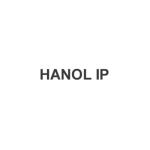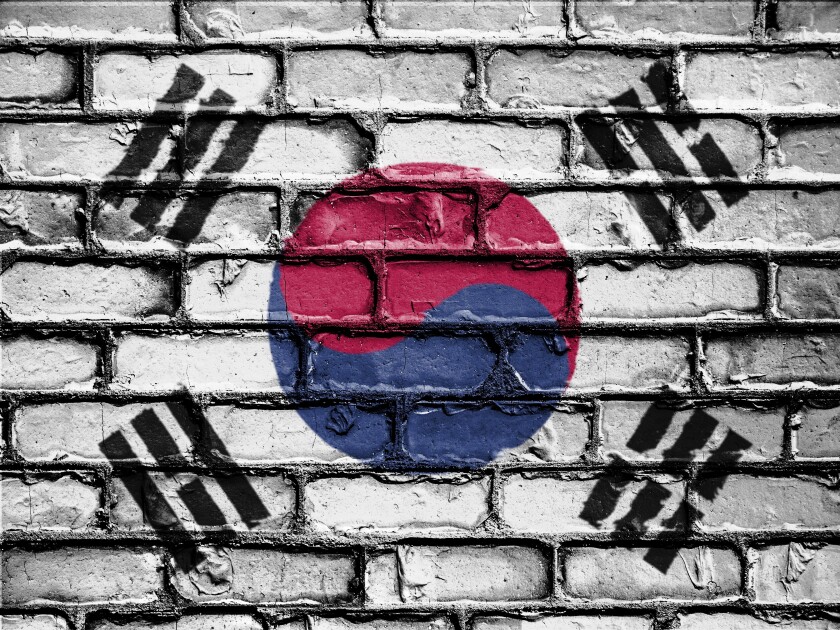The South Korean Design Protection Act has recently been revised to provide an expanded window for filing related designs, and to relax procedural requirements for novelty grace period claims and priority claims. The revisions will take effect on December 21 2023.
Period for filing related designs to be extended
The Korean Design Protection Act provides a related design system that allows one to continuously file designs similar to their prior-filed or prior-registered design (referred to as ‘the principal design’) as related designs. In this way, an applicant can register multiple variations of a design or a series of designs as related designs without their being rejected on the basis of violation of novelty or the first-to-file rule pertaining to the applicant’s earlier designs.
This system is very useful, given that for a product with an innovative design which becomes popular, it is common practice in the industry to develop and merchandise follow-up products with some modifications to the initial design.
A registered related design expires on the expiry date of the principal design – namely, 20 years from the filing date of the principal design – but can continue to exist separately even if the principal design right is abandoned/withdrawn or invalidated by a third party’s invalidation action. Furthermore, since a related design has its own scope of design right exceeding the scope of right of the principal design, it can provide a more effective safeguard from turnaround or copycat designs.
Currently, a related design must be filed within one year from the filing date of the application for the principal design. This one-year period has been thought too short to enjoy the benefit of the design right protecting against copycat products on the basis of the principal design and the related design rights.
Under the revised act, the one-year period for filing a related design will be extended to three years. This revision will apply to related designs filed on or after December 21 2023, and principal designs with a filing date of December 22 2022 or later can enjoy the benefit from the revised provision.
With the extension of the period for filing a related design application to three years, it will be easier to secure design rights for follow-up products in multiple variations from an initial ‘hit’ design. Accordingly, it is expected that the right holders of innovative designs will be able to more actively deal with copycat designs.
Grace period for novelty can be claimed at any time
In Korea, the grace period for novelty of a design application is 12 months from the initial public disclosure of the design. Compared with patent cases, the grace period for design novelty can be claimed quite flexibly, even under the current act; namely, it can be claimed during the entire prosecution period for design applications. In addition, claiming the grace period for novelty is also available after registration of a design when responding to an invalidation action or an opposition.
Under the revised act, the provisions of the time restrictions on claiming the grace period have been completely deleted, so the grace period for novelty can be claimed at any time. Accordingly, claiming the grace period for novelty will be available when design right holders are involved in various kinds of disputes, such as infringement actions at the court, or confirmation-of-scope trials which seek a declaratory judgment regarding the scope of a registered design at the Intellectual Property Trial and Appeal Board of the KIPO. This revision will apply to design applications filed on or after December 21 2023.
Still, it should be noted that if the design at issue was published or laid open through an official gazette for designs in any other jurisdiction(s) before the filing date of that design in Korea, it is not possible to claim the grace period for novelty.
Priority claim requirements to be eased
A design application claiming priority must be filed within six months from the earliest design application in any country. The priority claim should be made ‘at the time of filing’, while indicating the country and the filing date of the priority application. A priority document or the WIPO Digital Access Service (DAS) code certifying the detailed information of the priority application should be submitted at the time of filing or within three months from the filing date of the design application in Korea.
Under the current act, the priority claim requirements for a design application as above shall be strictly observed, and no additional period for priority claim or submission of priority documents is allowed. Furthermore, unlike in patents, where priority claims can be added within a prescribed period, adding priority claims is not available in design applications, even if some parts of priority claims in a multiple design application were omitted at the time of filing in Korea.
Under the revised act, if there is a justifiable reason for not observing the original deadline, an additional two months for claiming priority or submission of priority documents will be allowed. It is also possible to amend or add a priority claim within three months from the filing date of the application in Korea. Accordingly, foreign applicants for design applications claiming priority will be able to more conveniently enjoy the benefit of priority. The revised provisions will apply to design applications filed on or after December 21 2023.
A positive step forward
With the above improvements to procedural practices in the revised act, it is expected that the protection of design applicants’ rights will be strengthened.











